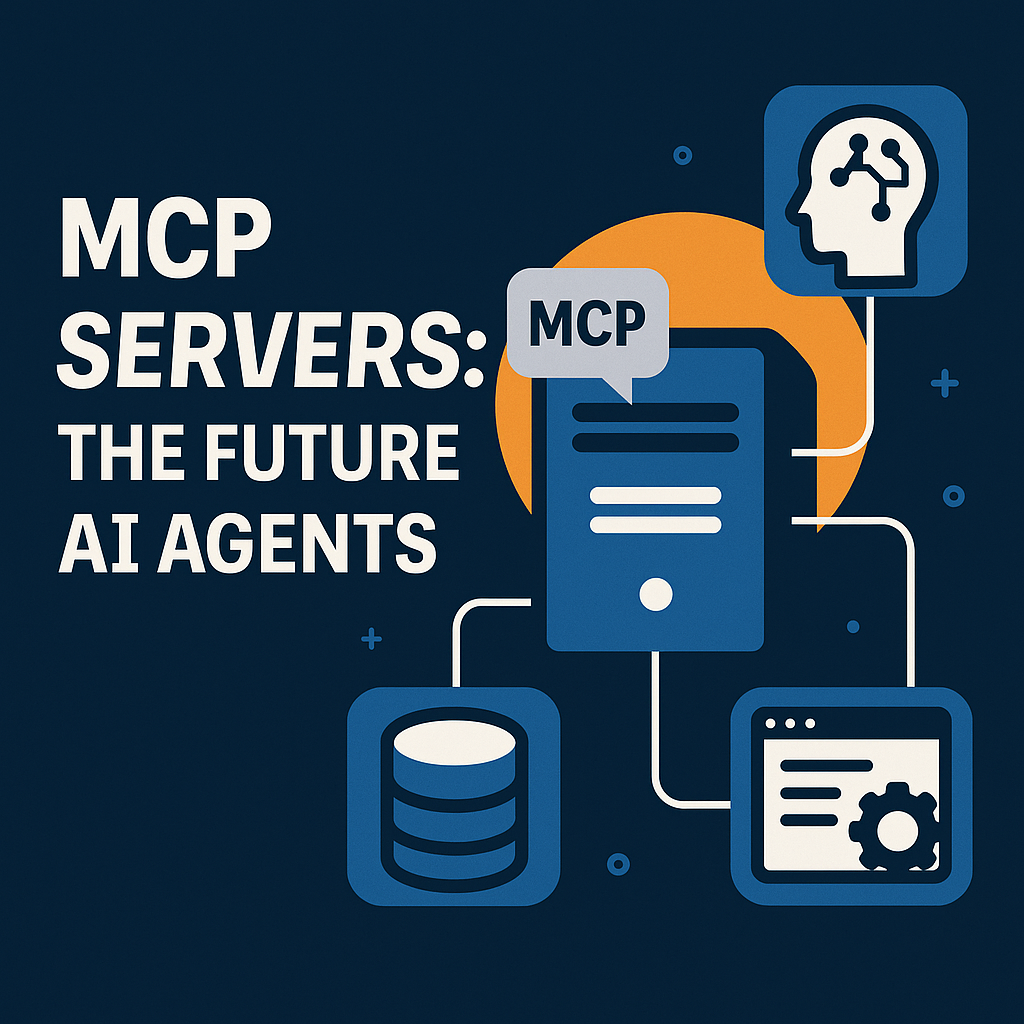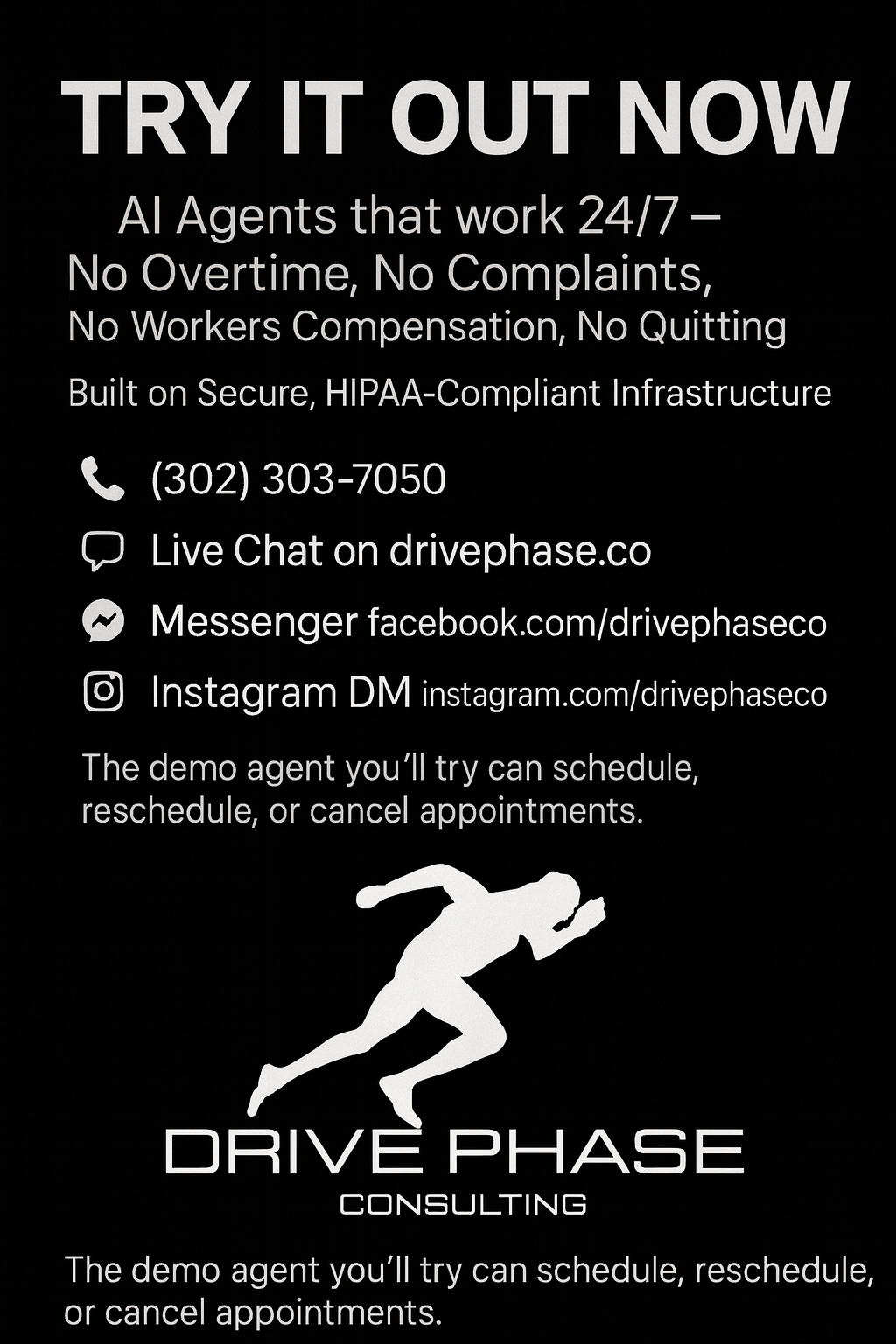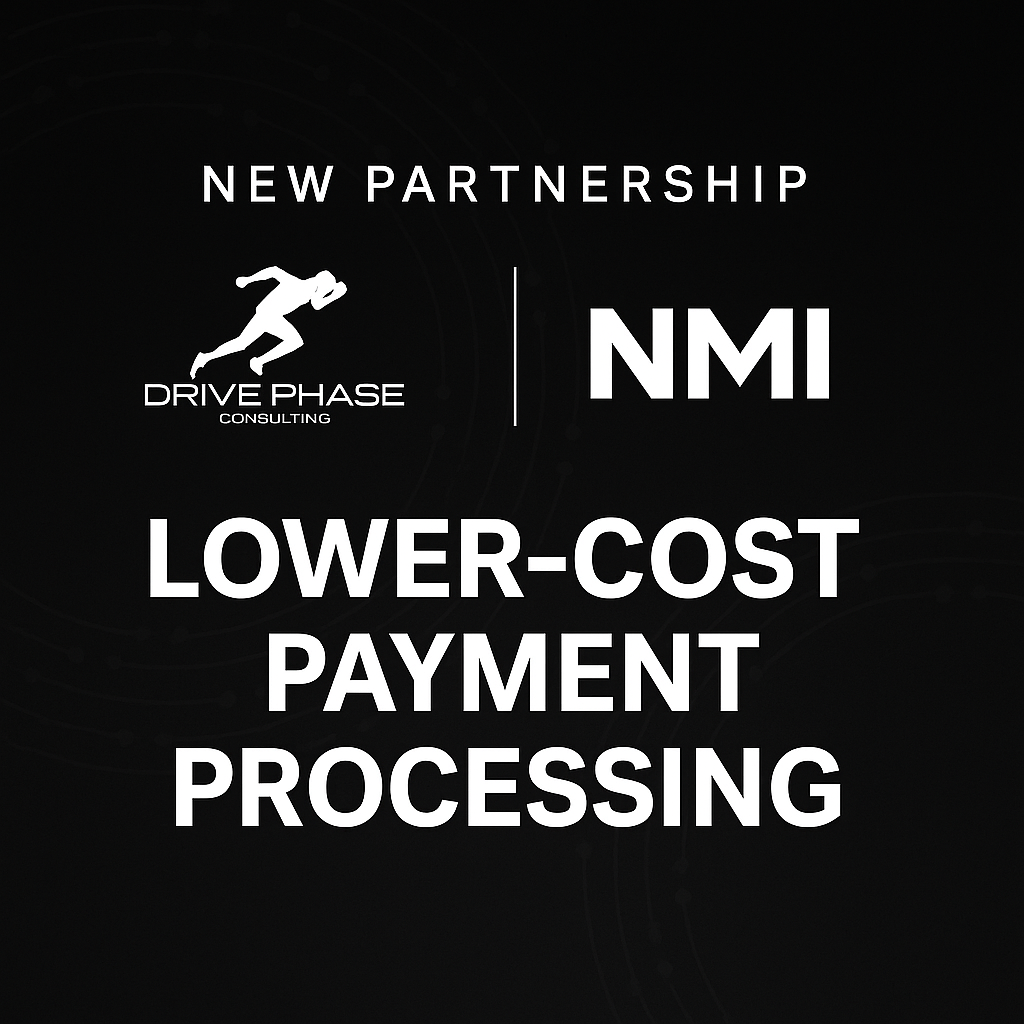Building an MVP for Where You Are Today With an Eye on Tomorrow

Ever thought about launching a new product but got stuck in the planning phase? Building a Minimum Viable Product (MVP) might just be your answer. It’s all about starting with the basics and testing the waters before diving in headfirst. This approach lets you see what works and what doesn’t, saving you time and money in the long run. Whether you’re a startup or an established business, focusing on MVP product development can help you stay ahead of the curve and meet your audience’s needs right where they are today, with an eye on tomorrow.
Key Takeaways
- Start small with your MVP to test ideas quickly and cheaply.
- Understand your target audience through research and feedback.
- Set clear objectives and success metrics for your MVP.
- Choose the right tech stack that supports growth and scalability.
- Iterate and improve your product based on real user feedback.
Understanding the Concept of an MVP
Defining Minimum Viable Product
A Minimum Viable Product, or MVP, is like the first draft of your big idea. It's the simplest version of your product that still works, giving you a chance to see how it performs in the real world. Think of it as a prototype that’s ready to meet its first users. This concept is all about starting small and smart, aiming to learn quickly what works and what doesn’t. The MVP isn't about perfection; it's about practicality and learning.
Importance of MVP in Startups
For startups, an MVP is a game-changer. It lets you test your idea without going all in, saving both time and money. Instead of building a full-fledged product, you start with the basics to see if there's a real demand. This approach is crucial because it helps identify potential pitfalls early on. Moreover, an MVP can attract investors by showing them that your idea has legs. It’s a tangible proof of concept that can make or break your pitch.
Common Misconceptions About MVPs
There are quite a few myths about MVPs. Some think it means cutting corners, but that's not the case. An MVP should still be a quality product, just with fewer features. Others believe it should be perfect before launch, which misses the point entirely. The goal is to learn and adapt, not to have a flawless product from the start. Lastly, some assume an MVP is only for tech startups, but it’s a strategy that can benefit any industry looking to innovate and test new ideas.
Identifying Your Target Audience

Conducting Market Research
Understanding who your potential customers are is step one in building a successful MVP. Start by digging into market research. This is where you gather data about your audience's needs, preferences, and behaviors. Tools like surveys and interviews can be invaluable. Surveys help collect demographic data and preferences, while interviews offer deeper insights into user motivations and pain points. Engaging with your audience early on can save time and resources down the line.
Creating User Personas
Once you've gathered enough data, it's time to create user personas. These are fictional characters that represent your typical users. A persona might include details like age, occupation, and goals. This helps in visualizing the end-user and tailoring the product to meet their specific needs. By understanding who you're building for, you can prioritize features that will make the most impact.
Gathering Feedback from Potential Users
Before you go full throttle into development, get feedback from your potential users. This can be through prototype testing or beta releases. Feedback is crucial as it highlights what works and what doesn’t. It also helps in refining the product to better suit user needs. By keeping the lines of communication open, you ensure that your MVP evolves in the right direction.
Remember, the goal is to build a product that your audience actually wants. By focusing on their needs and continuously integrating their feedback, you set the stage for a successful MVP launch.
Incorporating no-code tools like Bubble and Webflow can expedite this process, allowing startups to quickly validate ideas and adapt to market demands.
Setting Clear Objectives for Your MVP
Creating a Minimum Viable Product (MVP) isn't just about getting a product out the door. It's about setting the right goals to guide its development and ensure it serves its purpose. Here’s how to set those objectives effectively:
Establishing Success Metrics
Before anything else, define what success looks like for your MVP. Is it a certain number of users? A specific level of engagement? Or perhaps feedback from a key demographic? Setting clear success metrics is crucial because it gives your team a target to aim for and a way to measure progress. Without these metrics, you’re essentially flying blind.
- Identify key performance indicators (KPIs) that align with your business goals.
- Use these KPIs to track progress and make data-driven decisions.
- Regularly review and adjust these metrics as necessary.
Aligning MVP Goals with Business Strategy
Your MVP should not exist in a vacuum. It needs to be aligned with your broader business strategy. This means understanding how your MVP fits into the larger picture of your company’s growth and objectives.
- Ensure that your MVP addresses a core problem or need in the market.
- Align your MVP’s features and goals with your company's long-term vision.
- Communicate these alignments clearly to your team to maintain focus.
Prioritizing Features Based on User Needs
Deciding which features to include in your MVP can be tricky. It’s about finding the right balance between what users need and what you can deliver quickly.
- Conduct user research to identify the most critical features.
- Use tools like user story mapping to visualize and prioritize these features.
- Focus on delivering the core value of your product with minimal features.
By focusing on user needs and aligning your MVP with your business strategy, you lay a solid foundation for future growth. Remember, the goal is not just to launch an MVP but to ensure it’s a stepping stone to a successful product.
Designing the User Experience
Creating User Journey Maps
User journey maps are like blueprints for a house. They help you see how a user will interact with your product from start to finish. By mapping out these journeys, you can spot potential hiccups and make the user's path as smooth as possible. A good journey map includes all the touchpoints where a user interacts with your product, from initial awareness to the final purchase or use. This holistic view is crucial for identifying pain points and opportunities for improvement.
Prototyping and Wireframing
Prototyping and wireframing are essential steps in the design process. They allow you to visualize your ideas before investing time and resources into full-scale development. A wireframe is a basic sketch of your product's layout, showing where elements like buttons and images will go. Prototypes, on the other hand, are more interactive and can simulate user interactions. These tools help teams communicate ideas clearly and make adjustments early on, saving time and money.
Usability Testing for Feedback
Usability testing is like a dress rehearsal for your product. Before you launch, you want to see how real users interact with it. This testing phase is all about gathering feedback to improve the user experience. You might find that a button is hard to find or a process is too complicated. By conducting these tests, you can make necessary tweaks, ensuring your product is user-friendly and intuitive. This step is vital for catching issues that might not be obvious to the development team but are glaring to users.
Remember, designing a great user experience is all about understanding the user's needs and expectations. It's not just about making something look good; it's about making it work well for the people who use it.
Choosing the Right Technology Stack
Evaluating Development Frameworks
Picking the right development framework is like choosing the right tools for a job. It's crucial to consider what your team is already familiar with and what the project demands. Going with a popular framework like React or Django ensures you have a wealth of resources and community support to lean on. A well-chosen framework can streamline your development process and help you avoid unnecessary headaches. But don't just follow the crowd; weigh the pros and cons of each option, especially how it aligns with your project's goals.
Considering Scalability and Flexibility
When you're building an MVP, think about the future. Scalability is key. You want a tech stack that can grow with your user base. Cloud-based solutions like AWS or Azure offer scalability without much fuss. Flexibility is equally important; your stack should accommodate changes and new features without needing a complete overhaul. This foresight can save you from a lot of trouble down the line.
Integrating Third-Party Services
Third-party services can give your MVP a boost without reinventing the wheel. Whether it's payment gateways, analytics tools, or customer support systems, these services can be integrated into your product to enhance functionality. They save time and resources, letting you focus on what makes your product unique. Just be sure to choose services that fit well with your chosen stack and meet your security and performance needs.
Remember, the right technology stack isn't just about the here and now. It's about setting up a foundation that supports growth and adaptation as your business evolves. Choose wisely and keep the long-term in mind.
For more insights on selecting the right tech stack for your MVP, consider these best practices to ensure successful development and sustainability.
Developing Your MVP
Agile Development Methodologies
Building an MVP is all about being adaptable. Agile methodologies are perfect for this because they focus on flexibility and continuous improvement. Agile development means you can respond quickly to changes, ensuring your MVP evolves based on real user feedback. This iterative process involves short development cycles called sprints, allowing teams to focus on delivering small, functional parts of the product. By breaking down the project into manageable chunks, you can address issues as they arise and make necessary adjustments without derailing the entire project.
Collaborating with Cross-Functional Teams
Creating an MVP isn't a solo endeavor. It requires collaboration across different areas—development, design, marketing, you name it. Each team brings a unique perspective, helping to shape a product that truly meets user needs. Cross-functional collaboration ensures that all aspects of the MVP are aligned, from the technical framework to user experience. Regular communication and shared goals among these teams are vital to maintaining momentum and ensuring the MVP is built efficiently and effectively.
Iterative Testing and Improvement
Once your MVP is in the hands of users, the real work begins. Testing is crucial, not just at the end but throughout the development process. Gather feedback, analyze user interactions, and make improvements on the fly. This is where the iterative nature of MVP development shines. By continuously testing and refining, you ensure the product not only works but resonates with its audience. This cycle of feedback and iteration helps in fine-tuning the MVP, ensuring it addresses user needs and stands out in the market.
Embracing agile methods and fostering team collaboration can significantly streamline the MVP development process, making it more responsive to user needs and market demands.
For small businesses, leveraging no-code development tools can accelerate this process, offering a way to iterate quickly without heavy coding requirements. This approach not only saves time and resources but also empowers non-technical team members to contribute effectively to the MVP's evolution.
Launching Your MVP
Crafting a Go-To-Market Strategy
Launching an MVP requires a well-thought-out go-to-market strategy. This strategy acts as a roadmap, guiding how the product will be introduced to the market. Start by identifying the most effective channels to reach your target audience. Consider social media, email campaigns, and partnerships. A clear and focused strategy ensures that your MVP reaches the right audience at the right time.
Building Anticipation Through Marketing
Before the big launch, it's crucial to create buzz around your MVP. Engage potential users with teaser campaigns, sneak peeks, or early access offers. This not only builds excitement but also helps in gathering early feedback. Use platforms like social media, blogs, or webinars to spread the word. The goal is to have a community eager to try your product as soon as it hits the market.
Gathering Initial User Feedback
Once your MVP is out there, the real work begins. Pay attention to how users interact with it and gather their feedback. This feedback is invaluable—it tells you what's working and what needs improvement. Set up channels for users to easily provide their thoughts, whether through surveys, direct emails, or feedback forms on your website. Use this feedback to make necessary adjustments and improvements, ensuring your product evolves to better meet user needs.
Launching an MVP is not the end of the journey but the beginning of a continuous process of learning and adaptation. Embrace the feedback, iterate quickly, and keep refining your product to ensure it meets the needs of your users.
Measuring Success Post-Launch
Analyzing User Engagement Metrics
Once your MVP is out there, the real work begins with keeping tabs on how users interact with it. This is where user engagement metrics come into play. Think of metrics like daily active users, session duration, and bounce rates. They give you a snapshot of what's working and what needs tweaking. Keeping a close eye on these numbers helps you see if your product is hitting the mark or missing it entirely.
Collecting Qualitative Feedback
Numbers are great, but they don't tell the whole story. That's why gathering qualitative feedback is crucial. Talk to your users, conduct interviews, or send out surveys. This feedback is like gold—offering insights into what users love and what they find frustrating. It’s about understanding their needs and making sure your product aligns with them.
Adjusting Strategies Based on Data
Data-driven decisions are key in refining your MVP. Once you've gathered both quantitative and qualitative data, it's time to adjust your strategies. Maybe a feature isn't as popular as you thought, or maybe users are asking for something you hadn't considered. Use this data to pivot and make informed changes. This continuous improvement strategy keeps your product aligned with market needs and enhances user experience.
Remember, launching your MVP is just the beginning. The real success comes from how well you listen to your users and adapt to their needs. It's a journey of constant learning and improvement.
Planning for Future Enhancements

Identifying Opportunities for Growth
After launching your MVP, it’s time to think about how to make it better. Identifying growth opportunities is key to keeping your product relevant. Start by digging into user feedback. Are there features users keep asking for? Maybe there's a common problem they face that you haven't addressed yet. Look at market trends too. Sometimes, the market shifts, and a feature that wasn’t important before suddenly becomes a must-have.
Another way to spot opportunities is to keep an eye on your competitors. What are they doing that you’re not? This isn't about copying them, but understanding what’s working for them and why. It's also smart to think about how your product can expand into new markets or serve different user groups. This might mean tweaking your product or adding new features that cater to these new audiences.
Incorporating User Suggestions
Listening to your users is a no-brainer. They’re the ones using your product day in and day out, and they know what works and what doesn’t. Set up easy ways for them to give you feedback. This could be through surveys, user interviews, or even just a simple feedback form on your website. Once you have this feedback, don’t just let it sit there. Use it to make informed decisions about what to change or improve.
Creating a roadmap can help here. List out all the suggestions and prioritize them based on impact and feasibility. Not every suggestion will be gold, but some might spark ideas you hadn’t thought of. It’s about picking the ones that will make the biggest difference to your users and your product.
Staying Ahead of Market Trends
Markets change fast, and staying ahead of trends can give you a huge advantage. Keep an eye on industry reports and news to see where things are heading. Are there new technologies emerging that could impact your product? Maybe there’s a shift in consumer behavior that you can tap into.
It’s also worth investing in some good old-fashioned brainstorming sessions with your team. Get everyone together to think about where the market is going and how your product fits into that future. Sometimes, the best ideas come from these collaborative sessions.
Remember, planning for future enhancements isn’t just about adding new features. It’s about making sure your product continues to solve the problems it set out to, even as those problems evolve. Keeping your ear to the ground and your mind open to change is the best way to ensure your product’s success in the long run.
By keeping your eyes peeled for new opportunities, listening to your users, and staying on top of market trends, you’ll be well on your way to building a product that not only meets today’s needs but is also ready for tomorrow’s challenges. The MVP journey consists of three key phases: Discovery and Planning, Design and Prototyping, and Development and Launch, each essential for achieving success.
Building a Sustainable Business Model
Exploring Revenue Streams
Creating a sustainable business model starts with identifying diverse revenue streams. Relying on a single source of income can be risky, so businesses should explore various options. Consider subscription models, pay-per-use, freemium services, and direct sales. Each of these can cater to different customer preferences and market demands.
Here's a simple table to illustrate potential revenue streams:
Understanding Cost Structures
A clear understanding of cost structures is crucial for maintaining profitability. Fixed costs, like rent and salaries, remain constant regardless of business activity levels, while variable costs fluctuate with production volume. Identifying these costs helps in setting realistic pricing strategies and ensuring that the business remains viable even during lean periods.
Ensuring Long-Term Viability
Long-term viability hinges on adaptability and innovation. Regularly reviewing and adjusting business strategies in response to market changes is key. This includes staying updated with industry trends and being open to pivot when necessary. Building reliable supplier relationships and planning for scalability by forecasting demand can also support a business's ability to grow and adapt.
Sustainable business models are not just about surviving today but thriving tomorrow. They require a balance of creativity, strategic planning, and a willingness to evolve with the market.
Fostering a Culture of Innovation

Encouraging Team Collaboration
Innovation thrives when teams work together. It's not just about putting heads together but fostering an environment where ideas flow freely. Encourage open communication and make sure everyone feels their voice matters. Regular brainstorming sessions can spark creativity and lead to breakthroughs. A team that collaborates well is more likely to innovate effectively.
- Schedule regular team meetings to discuss new ideas.
- Use collaborative tools to keep everyone on the same page.
- Celebrate team achievements to boost morale and encourage further innovation.
Embracing Change and Adaptability
Change is the only constant in the world of innovation. Companies need to be flexible and open to new ideas. This means not just accepting change but actively seeking it out. Encourage your team to experiment and try new things. Failure should not be feared but seen as a learning opportunity. By embracing change, a company can stay ahead of the curve.
- Create a safe space for experimentation and learning from failure.
- Encourage continuous improvement and adaptation.
- Stay informed about industry trends to anticipate changes.
Investing in Continuous Learning
To keep innovation alive, continuous learning is crucial. Encourage your team to learn and grow, whether through formal education or self-directed learning. This not only enhances their skills but also brings fresh perspectives into the workplace. Drive Phase Consulting highlights the importance of leveraging digital tools for learning and development.
- Provide access to online courses and workshops.
- Encourage knowledge sharing sessions within the team.
- Support professional development initiatives, like attending conferences.
In a rapidly evolving business landscape, fostering a culture of innovation is not just beneficial—it's essential for long-term success. By encouraging collaboration, embracing change, and investing in learning, companies can cultivate an environment where innovation thrives.
Creating a space where new ideas can grow is essential for any team. Encourage everyone to share their thoughts and try out fresh concepts. This not only boosts creativity but also helps your business stay ahead. Want to learn more about how to inspire innovation in your organization? Visit our website for tips and resources!
Conclusion
In the fast-paced world of startups, building an MVP is like setting sail on a new adventure. It's all about starting with the basics, testing the waters, and learning as you go. This approach not only saves time and resources but also helps in understanding what your audience truly wants. By focusing on core features and gathering user feedback, you can refine your product to better meet market demands. Remember, every big success story started with a simple idea and a willingness to adapt. So, keep your eyes on the future, but don't forget to make the most of where you are today. With the right mindset and tools, your MVP can be the stepping stone to something great.
Featured Blog Posts
Read some of our latest blog posts

MCP Servers: The Hidden Engine Powering the Future of AI Agents
In the fast-moving world of artificial intelligence, a new foundational technology is quietly shaping how AI agents connect to tools, data, and each other: MCP servers — short for Model Context Protocol servers.

Drive Phase Consulting Launches Live Demo AI Agent
At Drive Phase Consulting, we believe the future of customer service and lead management belongs to AI-powered agents. Today, we’re excited to announce the launch of our live demo AI agent — built to show businesses just how powerful this technology can be.

New Partnership with NMI Brings Lower-Cost, Flexible Payment Processing to Drive Phase Clients
At Drive Phase Consulting, we're always looking for ways to help our clients build faster, smarter, and more affordably. That’s why we’re excited to announce our new partnership with NMI, a leading payment gateway provider trusted by over 3,000 partners and 275,000 merchants.

How Drive Phase Consulting Is Powering Custom AI Solutions with RAG and Vector Databases
At Drive Phase Consulting, we’re always exploring the best ways to bring cutting-edge AI into the hands of businesses — fast, affordably, and at scale. One of the most exciting innovations we’re actively building with right now is RAG (Retrieval-Augmented Generation), a powerful AI framework that lets users query their own data using natural language.

Drive Phase Consulting Named a Xano Silver Partner — One of the Top 14 Xano Agencies Worldwide
We’re proud to announce that Drive Phase Consulting has officially been named a Xano Silver Partner, placing us among the top 14 Xano agencies in the world — and notably, one of only two Silver-level Xano Partners based in the United States.

Accelerating MVP Iteration: The Value of No-Code Development
Accelerate MVP iteration with no-code tools for rapid development, collaboration, and market entry.

How Seagate's Lyve Team Saved $2.3 Million and Accelerated Development by Switching from Full Code to Bubble.io
In the world of enterprise technology, innovation often hinges on balancing speed, cost, and functionality. Seagate's Lyve team recently demonstrated the transformative potential of no-code solutions by switching from a traditional full-code development process to Bubble.io. This decision resulted in staggering savings—$2.3 million annually by eliminating outsourced coding contracts—and significantly reduced project timelines from 15 months to just 3–4 months.

Why Wireframes are Essential for Custom App Development Success
Discover why wireframes are essential for successful custom app development, improving communication, saving time, and enhancing user experience.

Unlocking the Power of No-Code: Can It Really Meet Your Needs or Are There Hidden Limitations?
Explore the benefits and limitations of no-code platforms to determine if they can truly meet your development needs.

Debunking the Myths: Why Vendor Lock-in in No-Code Platforms is Overstated
Explore the reality behind vendor lock-in risks in no-code platforms and discover how businesses can navigate these concerns effectively.

Validating Your Startup Idea: Why You Should Do It Quickly and Cheaply
Validating your startup idea is crucial to ensure you're solving a problem that people will pay to solve. As a founder, it's important to validate your idea quickly and cheaply before fully developing a product. You can start by offering your solution as a consulting service or using existing tools to create a minimum viable version. The most important step in validation is not just asking people if they would buy but actually getting them to pay. This shows genuine interest and proves your idea addresses a real, painful problem. By validating early, you save time, money, and increase your chances of building a successful product.

HIPAA Compliant App Development Using No Code
No code development represents a transformative shift in how applications are built. This approach is particularly significant given the healthcare industry's strict regulations, such as HIPAA (Health Insurance Portability and Accountability Act), which governs the privacy and security of medical information. The issue has historically been that many no code platforms are not HIPAA compliant. However, two of the new paltforms, WeWeb and Xano, are actually HIPAA compliant which opens up the benefits of no code to more health care organizations.

The Importance of Valuing Time for Small Business Owners
Small business owners often face a unique challenge of valuing their own time. Juggling numerous responsibilities, they can easily fall into the trap of undervaluing their hours, leading to burnout, procrastination, and stunted business growth. This struggle is often rooted in the complexity of roles they play – from sales to marketing to operations – which often leaves little time for strategic thinking and planning.

Our Lead No-Code Consultant Becomes One of the First 100 Certified Bubble Developers
We are excited to announce that our very own Lead No-Code Consultant, Xan Hong, has achieved a significant milestone by becoming one of the first 100 Certified Bubble Developers through Bubble.io. This accomplishment not only underscores Xan's commitment to staying at the forefront of technological innovation but also reinforces Drive Phase Consulting's dedication to providing top-tier, cutting-edge solutions to our clients as a Bubble Consultant.

How We Saved This E-Commerce Site Close to 1,000 Hours Per Year
During the pandemic, people were scrambling for interesting activities to do while being cooped up in quarantine. One such activity that a lot of people turned to was paint by numbers. One website, Just Paint by Number, saw their revenue grow over 1,100% during the pandemic. While a good problem to have, it's still a problem to handle such astronomical growth if you're not prepared for it. We helped turn this business into a valuable passive income stream for it's owner through a combination of building a custom no code automation application and outsourcing.


